[Americana] [Shays's Rebellion] Partially-printed Commonwealth of Massachusetts Treasury Loan Certificate A very rare loan certificate issued to pay for the suppression of Shays's Rebellion "Purpose of paying and subsisting the Militia that have been and may be employed by Government in suppressing the unnatural and dangerous Rebellion within this Commonwealth" Massachusetts, 1787. One sheet, 7 5/8 x 9 1/2 in. (194 x 241 mm). Partially-printed Commonwealth of Massachusetts Treasury loan certificate (No. 67), unissued, "impowering and directing the Treasurer to borrow the Sum of Forty Thousand Pounds...for the Purpose of paying and subsisting the Militia that have been and may be employed by Government in suppressing the unnatural and dangerous Rebellion within this Commonwealth..." Signed at bottom by members of the Committee, Stephen Higginson, Thomas Russell, and Edward Payne. Creased from contemporary folds; scattered chipping to edges. Anderson MA 45, Low R7: "7-12" known examples. This copy of this certificate is illustrated on page 142 in William G. Anderson's The Price of Liberty: The Public Debt of the American Revolution (University of Virginia Press, 1983). A very rare loan certificate issued by the Commonwealth of Massachusetts to pay for General Benjamin Lincoln's militia to suppress Shays's Rebellion. As a result of years of hostilities during the American Revolution, the financial situation in the United States was dire. Rising inflation and worthless paper money caused a depression that greatly affected farmers in Massachusetts and other states. As their finances dissolved and they had difficulty paying their mounting debts, strong resentment arose towards tax collectors and especially the state courts who prosecuted debt holders. Beginning in August of 1786, protests began forming in many towns in Western Massachusetts to prevent the county courts from sitting and prosecuting tax delinquents. At the time the state legislature in Boston was dominated by wholesale merchants who traded with Europe and the Caribbean, and, unlike the western farmers who had to pay bills with hard currency or specie, were not as impacted by the paper money's steadily decreasing value. As the unrest increased through the winter of 1786-87, beginning in February 1787, as a result of lobbying from Revolutionary War agitator Sam Adams and other conservative leaders--including two signers of this certificate, prominent merchant Stephen Higginson and insurance underwriter, Edward Payne--the Massachusetts legislature passed a series of measures to suppress the Rebellion. These measures included declaring a state of rebellion on February 4, giving Governor James Bowdoin the power to declare martial law, and authorizing funding to pay for a 1,500-man militia led by former Continental Army General Benjamin Lincoln, passed in Acts from February 4-6 (this certificate from an Act passed on February 6). Other bills eased tax burdens and provided limited acts of indemnity, but more draconian measures were soon passed, including the suspension of habeas corpus, and the passage of the Riot and Militia Acts that allowed sheriffs and other officials to kill rioters and confiscate their land, and sentenced to death any officers or soldiers who abandoned their posts or encouraged others to do so. Under the Articles of Confederation, Congress found it extremely difficult to raise a militia to combat such unrest, and resorted to requesting General Lincoln to privately raise the funds and men to subdue the mounting conflict (a private subscription of some of Boston's most prominent citizens raised over £5,000). Throughout January 1787, his militia saw success in regaining some territory as it marched westward to restore order. "Made confident by Lincoln's success, the General Court in its winter session again barred the claws of repression. The members expressed their satisfaction with Bowdoin and his council and the Lincoln expedition, passed a declaratio
[Americana] [Shays's Rebellion] Partially-printed Commonwealth of Massachusetts Treasury Loan Certificate A very rare loan certificate issued to pay for the suppression of Shays's Rebellion "Purpose of paying and subsisting the Militia that have been and may be employed by Government in suppressing the unnatural and dangerous Rebellion within this Commonwealth" Massachusetts, 1787. One sheet, 7 5/8 x 9 1/2 in. (194 x 241 mm). Partially-printed Commonwealth of Massachusetts Treasury loan certificate (No. 67), unissued, "impowering and directing the Treasurer to borrow the Sum of Forty Thousand Pounds...for the Purpose of paying and subsisting the Militia that have been and may be employed by Government in suppressing the unnatural and dangerous Rebellion within this Commonwealth..." Signed at bottom by members of the Committee, Stephen Higginson, Thomas Russell, and Edward Payne. Creased from contemporary folds; scattered chipping to edges. Anderson MA 45, Low R7: "7-12" known examples. This copy of this certificate is illustrated on page 142 in William G. Anderson's The Price of Liberty: The Public Debt of the American Revolution (University of Virginia Press, 1983). A very rare loan certificate issued by the Commonwealth of Massachusetts to pay for General Benjamin Lincoln's militia to suppress Shays's Rebellion. As a result of years of hostilities during the American Revolution, the financial situation in the United States was dire. Rising inflation and worthless paper money caused a depression that greatly affected farmers in Massachusetts and other states. As their finances dissolved and they had difficulty paying their mounting debts, strong resentment arose towards tax collectors and especially the state courts who prosecuted debt holders. Beginning in August of 1786, protests began forming in many towns in Western Massachusetts to prevent the county courts from sitting and prosecuting tax delinquents. At the time the state legislature in Boston was dominated by wholesale merchants who traded with Europe and the Caribbean, and, unlike the western farmers who had to pay bills with hard currency or specie, were not as impacted by the paper money's steadily decreasing value. As the unrest increased through the winter of 1786-87, beginning in February 1787, as a result of lobbying from Revolutionary War agitator Sam Adams and other conservative leaders--including two signers of this certificate, prominent merchant Stephen Higginson and insurance underwriter, Edward Payne--the Massachusetts legislature passed a series of measures to suppress the Rebellion. These measures included declaring a state of rebellion on February 4, giving Governor James Bowdoin the power to declare martial law, and authorizing funding to pay for a 1,500-man militia led by former Continental Army General Benjamin Lincoln, passed in Acts from February 4-6 (this certificate from an Act passed on February 6). Other bills eased tax burdens and provided limited acts of indemnity, but more draconian measures were soon passed, including the suspension of habeas corpus, and the passage of the Riot and Militia Acts that allowed sheriffs and other officials to kill rioters and confiscate their land, and sentenced to death any officers or soldiers who abandoned their posts or encouraged others to do so. Under the Articles of Confederation, Congress found it extremely difficult to raise a militia to combat such unrest, and resorted to requesting General Lincoln to privately raise the funds and men to subdue the mounting conflict (a private subscription of some of Boston's most prominent citizens raised over £5,000). Throughout January 1787, his militia saw success in regaining some territory as it marched westward to restore order. "Made confident by Lincoln's success, the General Court in its winter session again barred the claws of repression. The members expressed their satisfaction with Bowdoin and his council and the Lincoln expedition, passed a declaratio

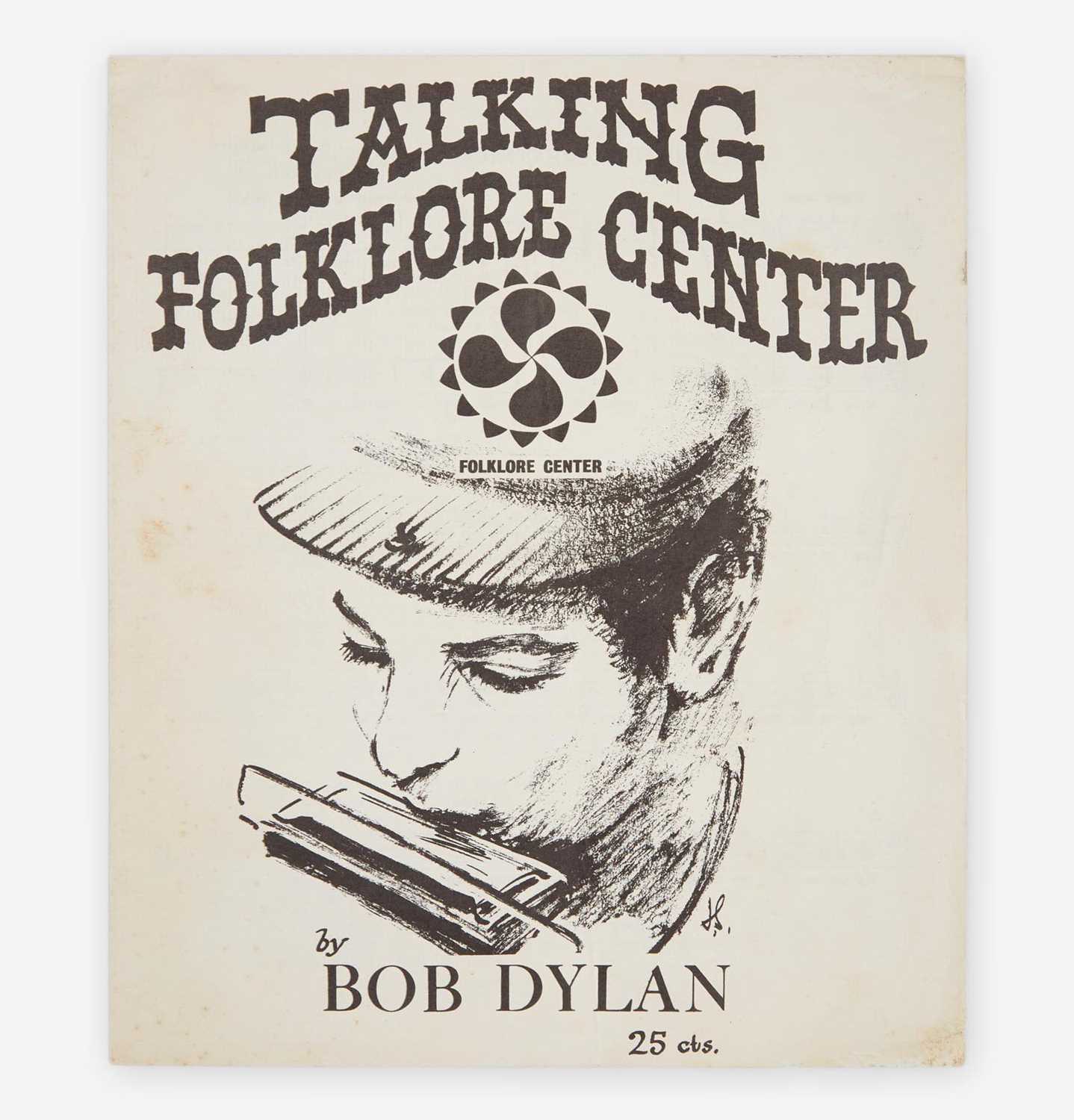
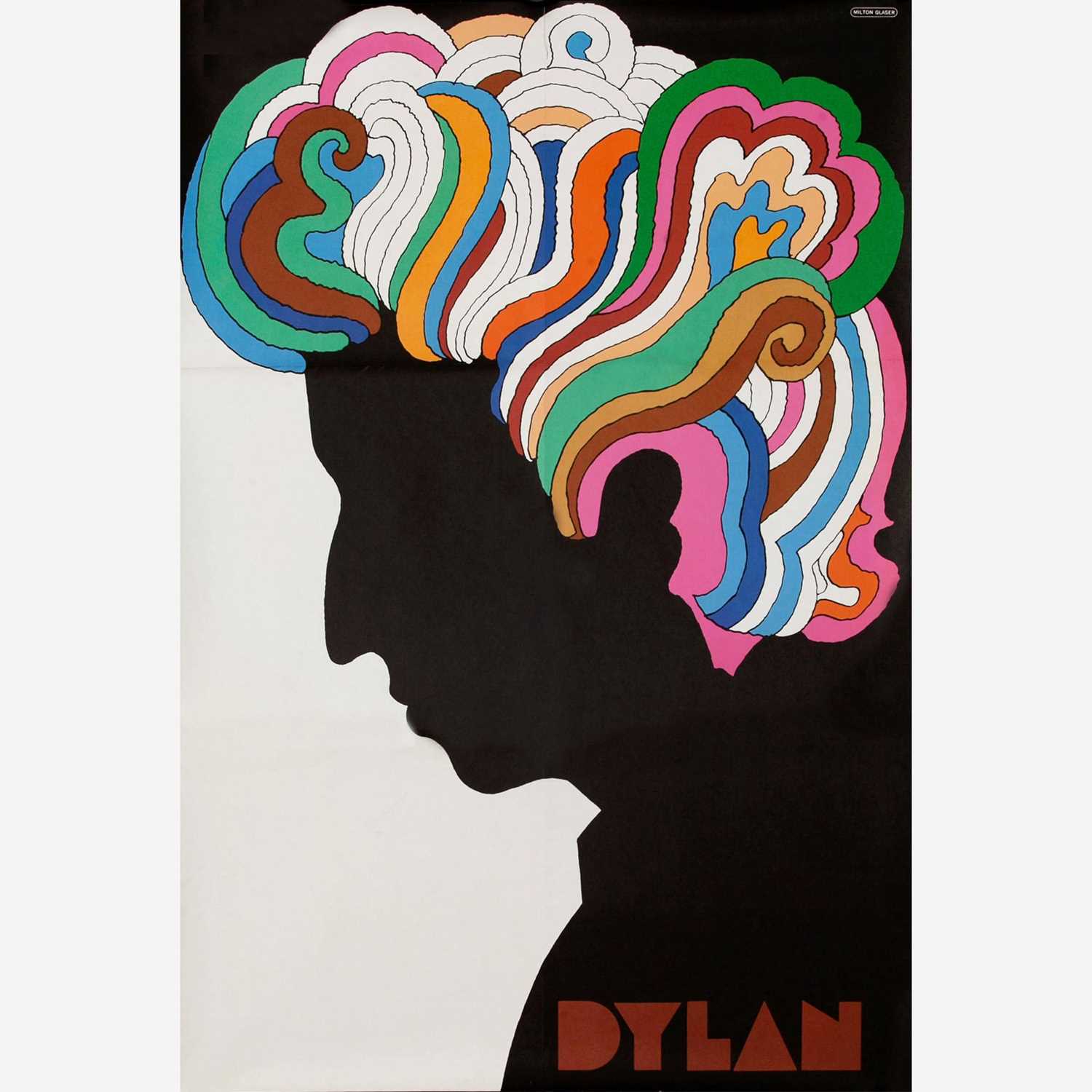

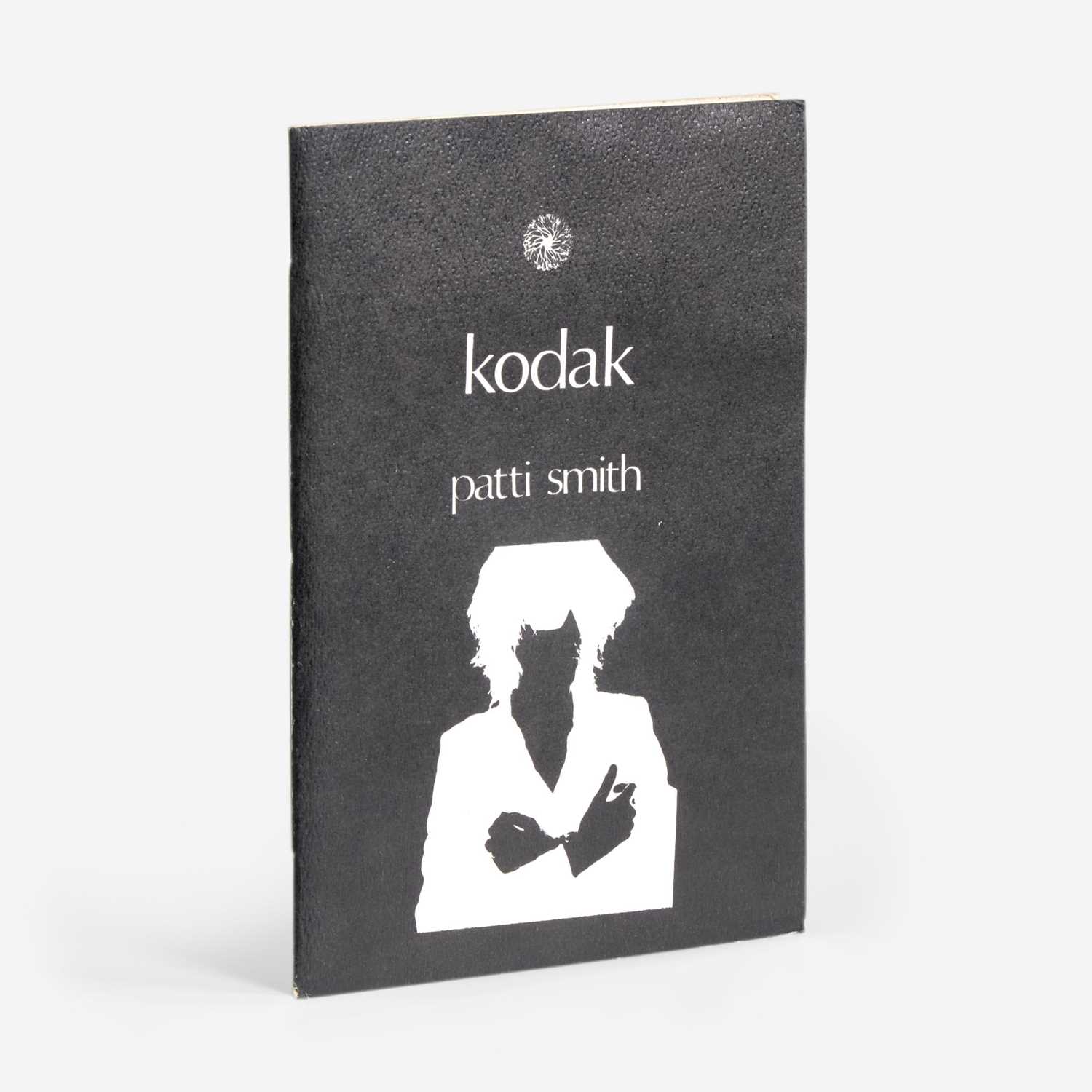

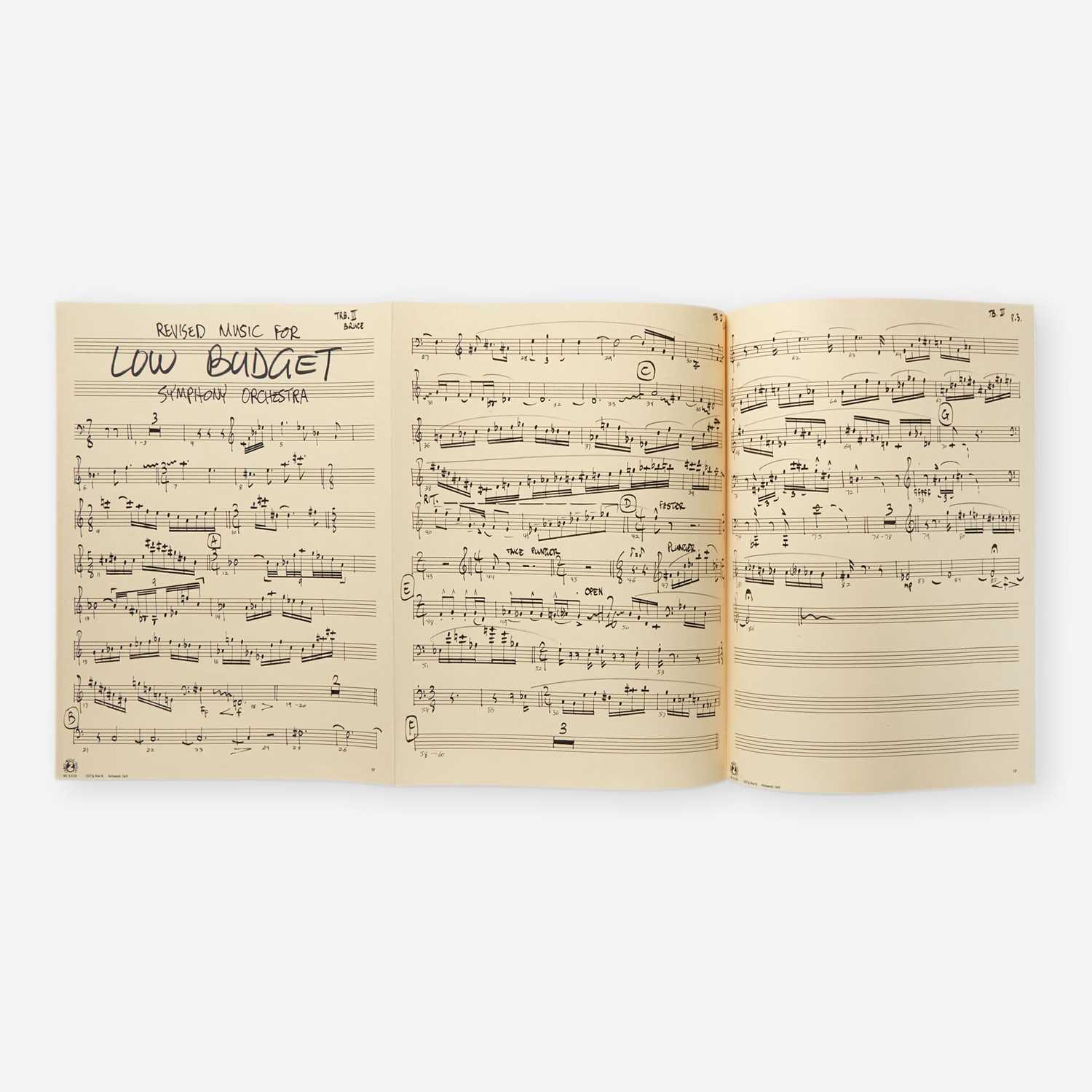
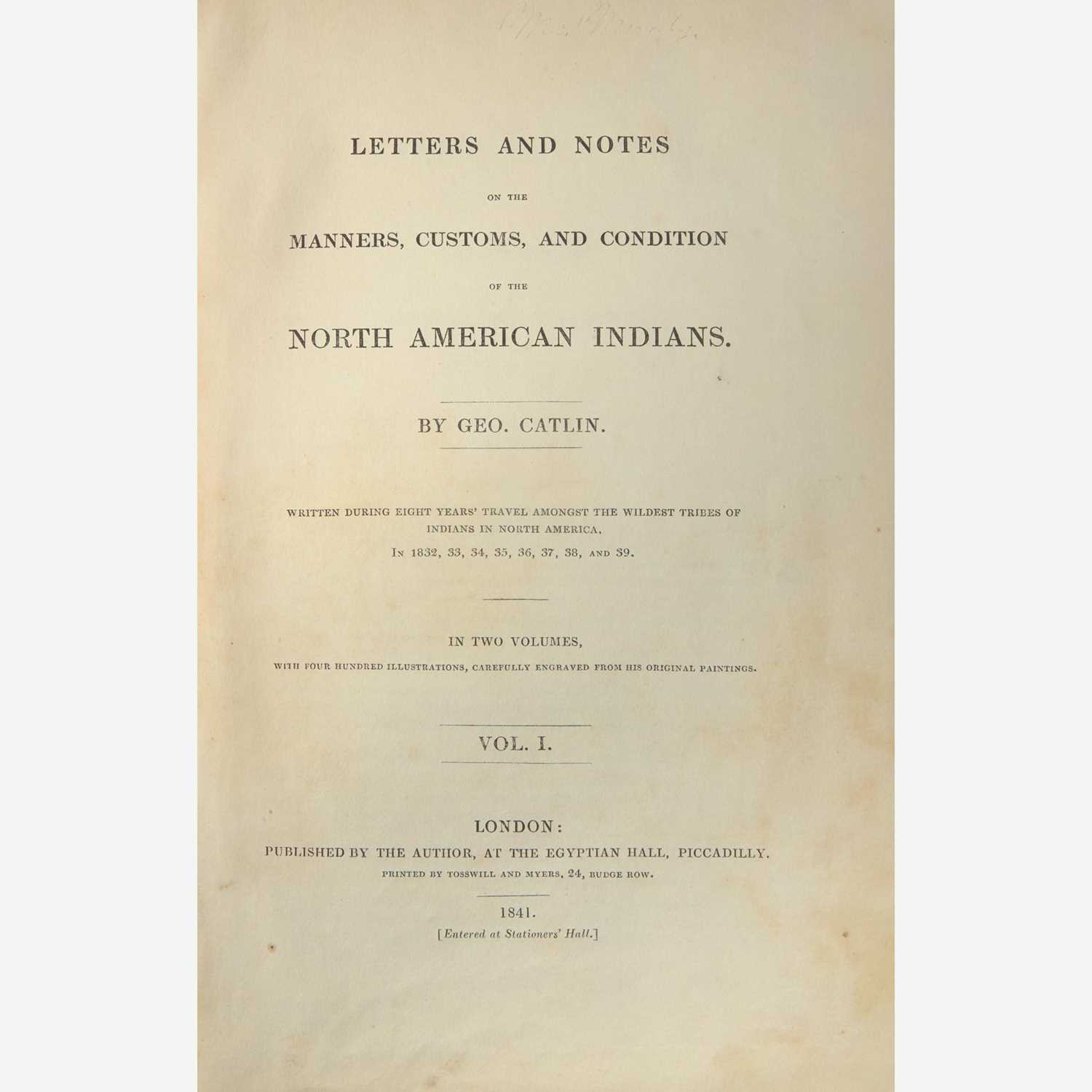


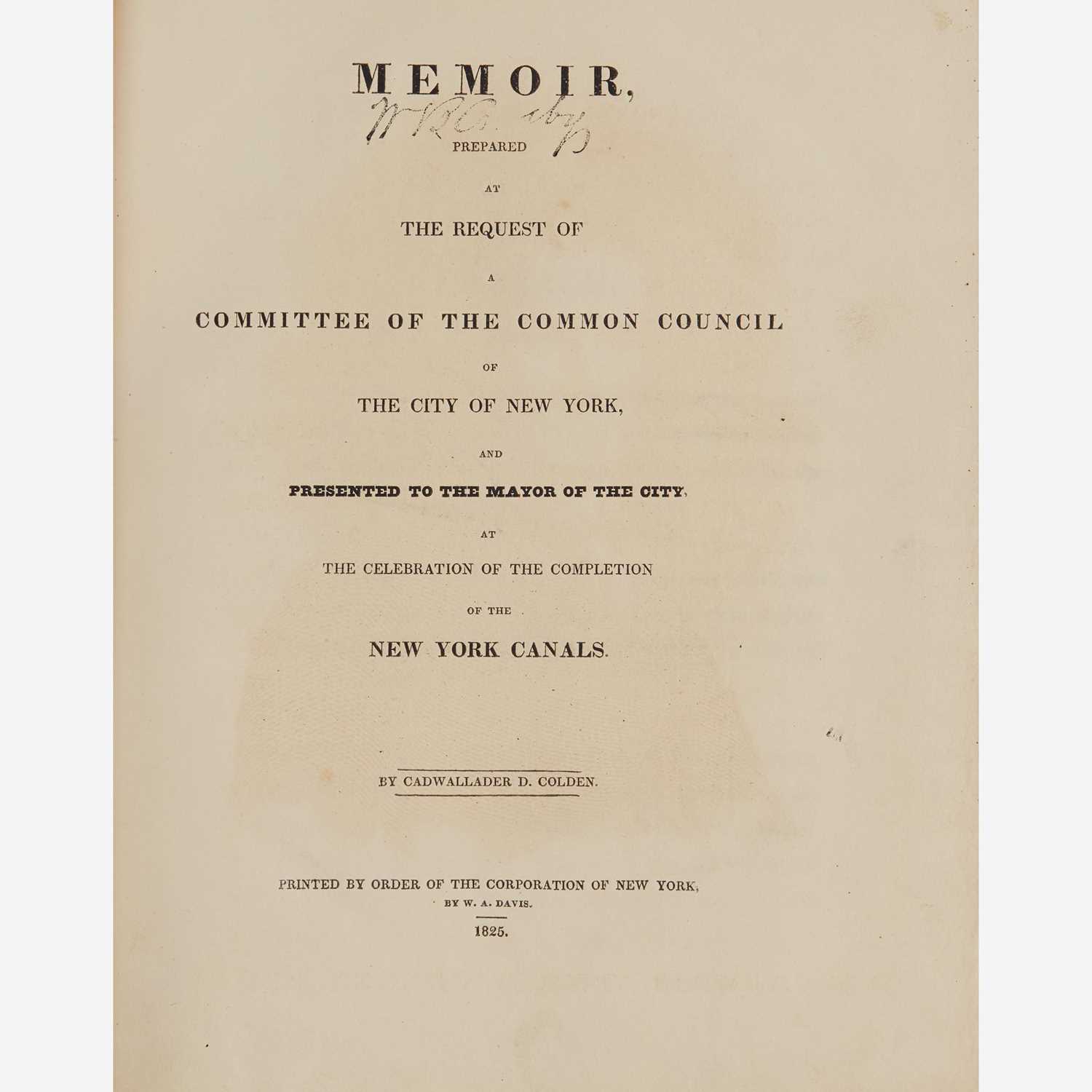
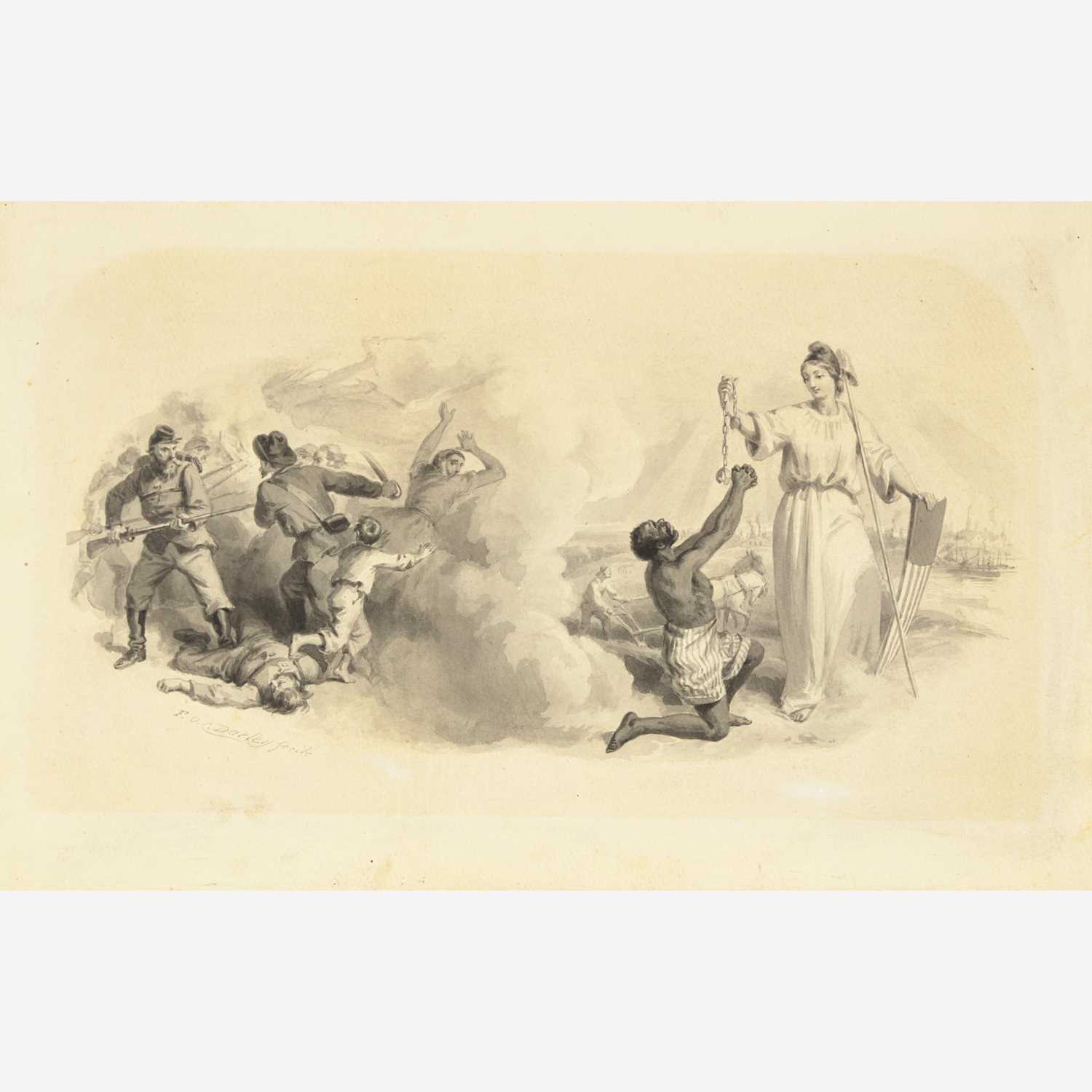
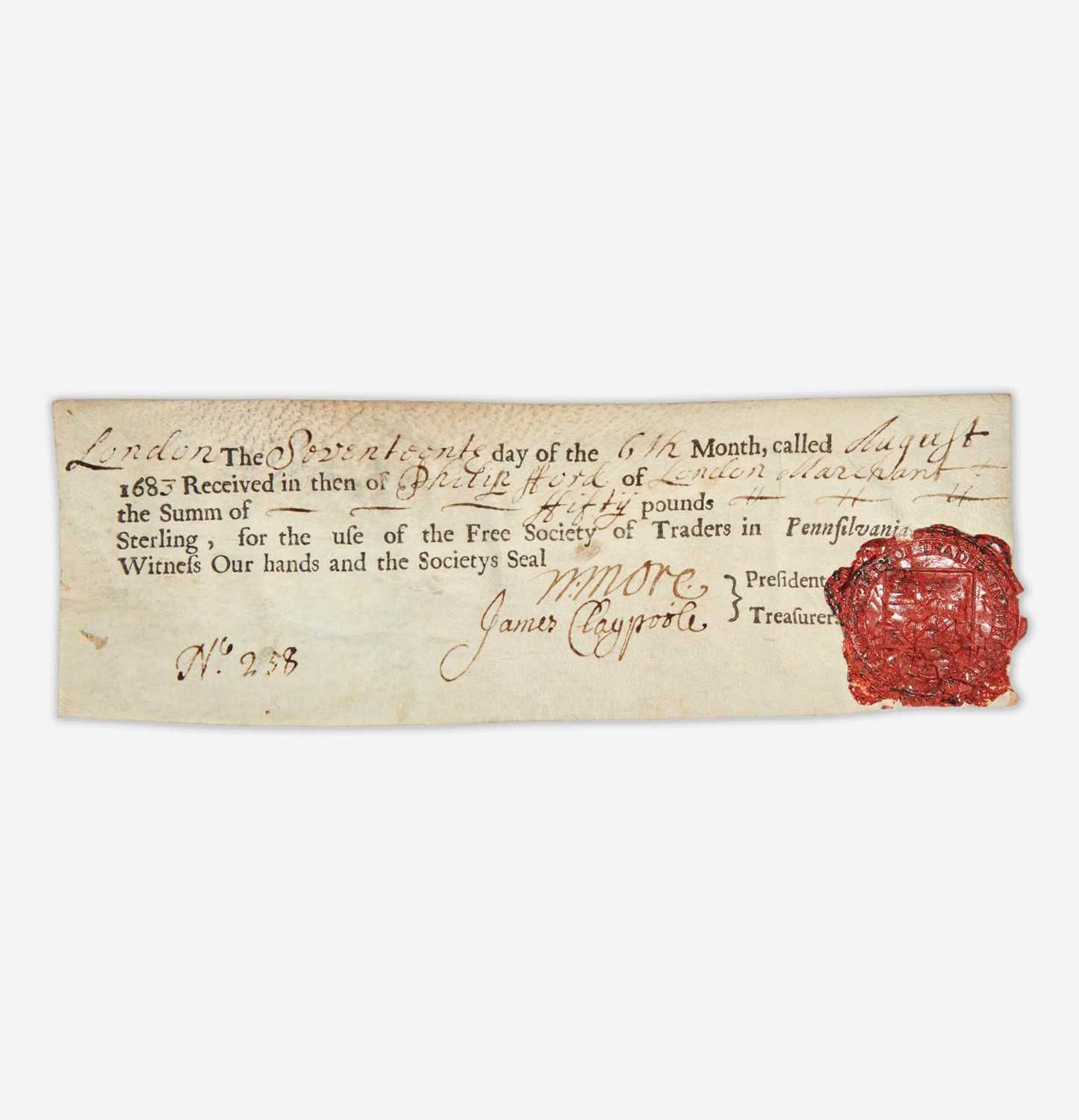
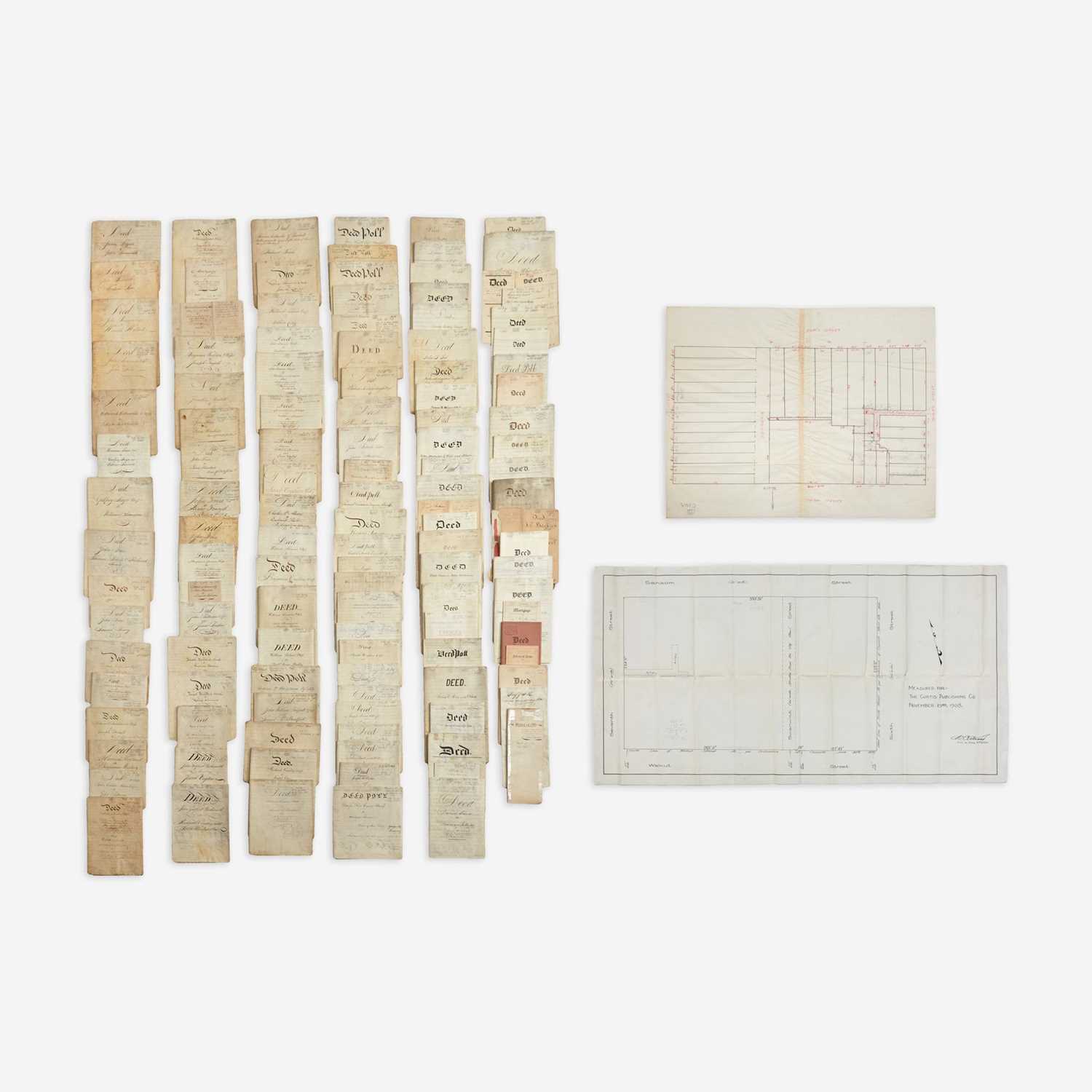
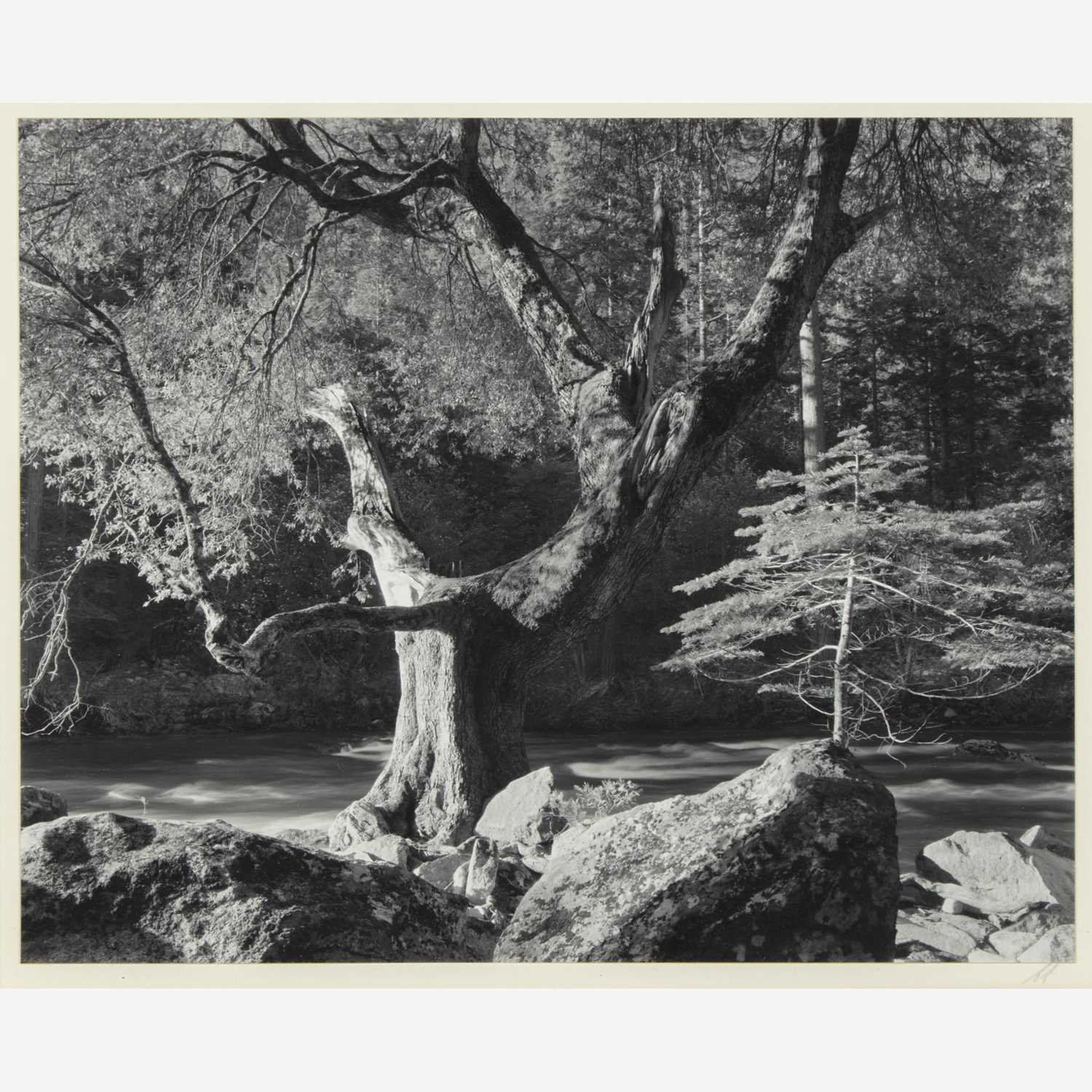
Testen Sie LotSearch und seine Premium-Features 7 Tage - ohne Kosten!
Lassen Sie sich automatisch über neue Objekte in kommenden Auktionen benachrichtigen.
Suchauftrag anlegen